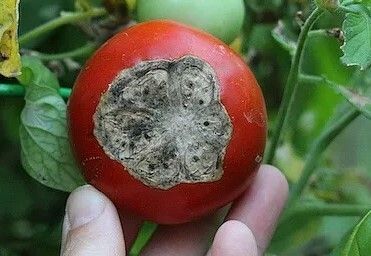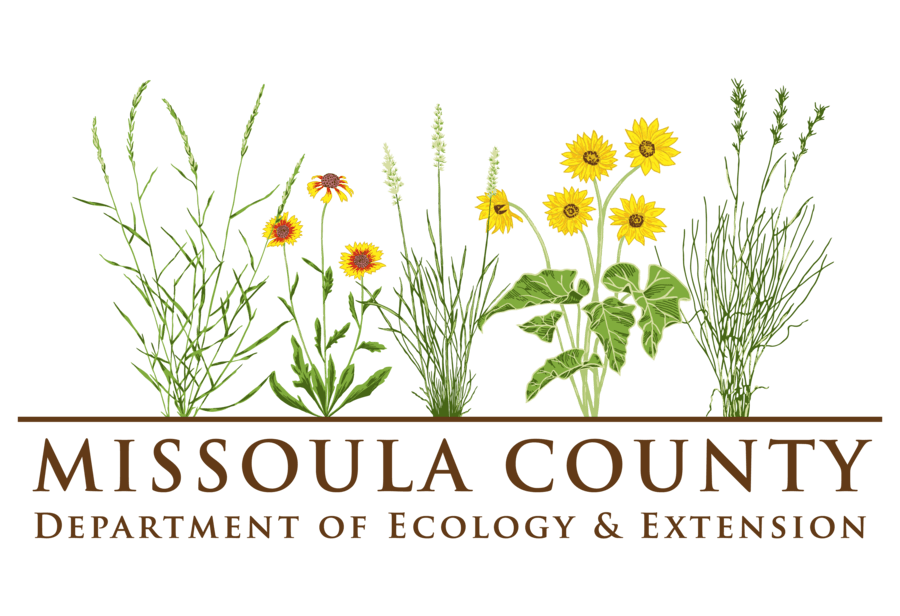
Soon as the 85-95 degree temperatures are over it will be time now to think about slowly start decreasing the amount of irrigation to woody shrubs and ornamentals so they will start to slow their growth and get ready for fall and winter. The exception is fruit trees with fruit crops on them. Keep fruit producing trees well watered until harvest. Then cut the water back. The other exception is native aspen and conifer trees, that need enough water to withstand attack by insect borers.
While recommendations regarding the ideal timing of watering vary, deep watering is preferred over shallow watering. Morning watering is often prescribed in times of high heat, but wilted plants should be watered as soon as is reasonable to minimize the time spent in a wilted state.
There are few serious insect pests at this point in the summer. The one exception is poplar borer. We are seeing Poplar borer egg-laying activity (fresh sawdust and sap running) on Aspen tree trunks now. If you find sawdust on your Aspen trunks, now is the time to apply an insecticide trunk spray. The pesticide options are synthetic pyrethroids such as cyfluthrin or permethrin.
We have been getting a few samples of raspberries with cane or crown borers, so if you have some dead or wilting raspberries you may want to check them for borers. Pick up any fallen apples off the ground as this will help reduce the numbers of codling moths for next year.
Aphid populations are decreasing in our sample sites. There is no need to spray for this pest this late in the season. Mark woody shrubs and trees that have mites now and remember to treat them with a dormant oil spray next spring.
Powdery mildew is being seen on maple trees now, try to keep water off leaves, or water mid morning to give the foliage time to dry. Most cases are not severe enough to spray a fungicide.
Cedar-apple rust is causing yellow to orange spots on hawthorn trees now. It is to late to spray, instead spray sulfur next spring when leaves emerge.
We are still seeing apple and pear trees with fireblight strikes(dead branches), remember to prune these out on a hot dry day and sterilize your pruners between cuts.
Black rotten looking spots on the bottom of your tomatoes or peppers is called blossom end rot. It is caused by a watering imbalance which inhibits the plants ability to take up calcium. A calcium supplement like rot stop will help reduce the problem. It is mostly seen with container grown tomatoes/peppers.
Fall webworm caterpillars are forming silken webs in apple, cherry and chokecherry trees now. Cut out limb or spray with Bt (bacillus thuringensis) to control them.
Some plum, ornamental plum, and cherry tree leaves have lacy holes from pear slug feeding. But unless populations are high (more than 50% of leaves infested), there is no need to treat this pest now.
The second generation of the apple skelatonizer is showing up and turning leaves brown now, but do not spray unless over 70% of the tree is affected. They are starting to pupate, so the spray may not be effective.
Check out the Western Montana Fair this week! Guided Tours of Rocky Mountain Gardens, cooking demos, presentations in the Balsamroot room! Check out all the produce, flowers, and fair animals.
